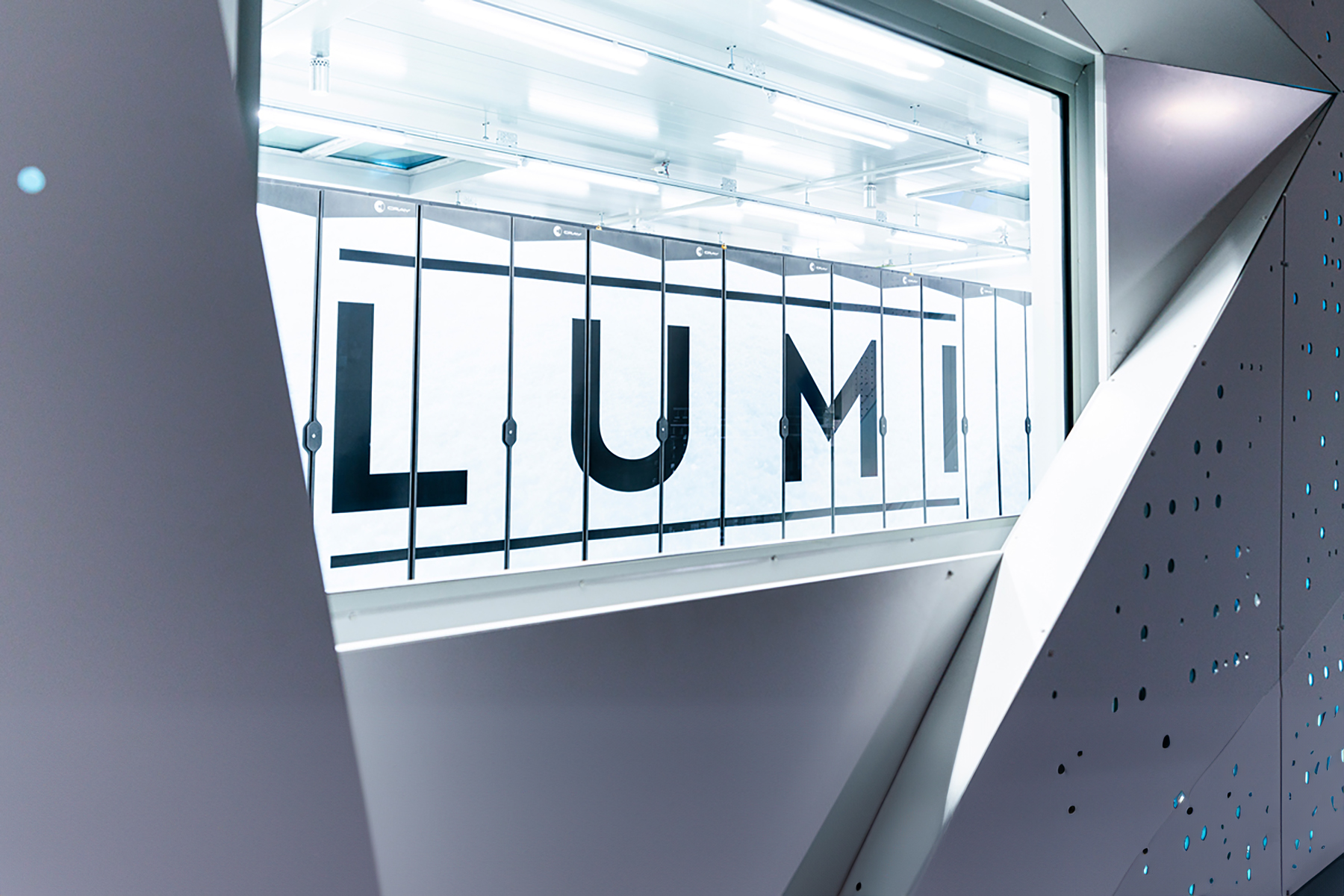

What Is Supercomputer and Why Does It Matter? From AI to European Digital Autonomy
Supercomputers are the backbone of modern technological advancements, powering everything from AI-driven innovations to groundbreaking scientific research. With their unmatched processing capabilities, they enable the analysis of vast data sets and solve problems that would take standard computers months or even years to tackle.

Elina Voutilainen 15.10.2024

What is a supercomputer? It’s a question that comes up frequently. In simple terms, a supercomputer is a powerful system made up of many interconnected computers, working together to provide immense processing power and memory.
These machines are designed with specialized hardware and software, allowing them to handle parallel processing and deliver unmatched performance.
This makes supercomputers ideal for solving complex problems and performing data analysis tasks that would be far too time-consuming or expensive with regular computers.
Supercomputers are particularly well-suited for handling vast amounts of data and supporting AI-driven research and applications across a wide range of industries. For example, developing large language models (LLM’s) like ChatGPT or Claude would not have been possible without supercomputers.
Their ability to process massive datasets and perform complex calculations at unparalleled speeds makes them indispensable for breakthroughs in fields such as climate modeling, drug discovery, and financial forecasting.
Pillars of European Digital Autonomy
Supercomputers are costly and scarce resource. The European High Performance Computing Joint Undertaking (EuroHPC JU) is a European initiative to build a world-class computing infrastructure.
The aim is to secure the European sovereignty in academic research, but also boost the competitiveness of the European industry. Today, the EuroHPC JU has procured nine supercomputers, located across Europe.
LUMI (Large Unified Modern Infrastructure) is one of the pan-European pre-exascale supercomputers. It is a joint investment between EuroHPC JU and eleven member states – Finland, Belgium, the Czech Republic, Denmark, Estonia, Iceland, Netherlands, Norway, Poland, Sweden, and Switzerland – where CSC – IT Center for Science coordinates the effort.
LUMI, located in Kajaani, Finland, is one of the most powerful supercomputers in the world today. Its computing capacity is equivalent to that of 1.5 million laptops combined, making it an invaluable resource for tackling some of the most complex scientific and technological challenges.
From Space Technology to Fire Safety Simulations
LUMI is a powerful tool to solve complex research problems such as climate modelling, but it is also useful for smaller projects. 20% of the LUMI quota is reserved for companies, and several businesses have already tried out this opportunity.
These examples highlight how Finnish companies have benefits of LUMI:
- ICEYE is a Finnish space technology company that manufactures satellites and uses them to deliver real-time radar images. ICEYE uses the LUMI GPUs, i.e. LUMI-G, for product development of automated image interpretation. Training machine learning models takes several weeks, so it is important to keep the data readily accessible. Also, data storage has been a particularly useful feature for ICEYE.
- Ramboll is an international, multi-sector engineering and consultancy company whose services include fire safety simulations for buildings. Ramboll uses LUMI for fire safety simulations to significantly speed up the process. They could run an individual simulation around four times faster than before. As the simulations were run in parallel the whole set of simulations was completed almost 20 times faster.
- Silo AI, together with university of Turku, is developing a family of multilingual open-source large language models (LLMs), covering all official European languages. The unique open-source initiative combines a world-class team, access to a record amount of compute on Europe’s most powerful supercomputer LUMI, a record amount of data, and a distinctive software layer to train LLMs. The model is called PORO, which is a Finnish word for reindeer.
Several ways for a Finnish company to gain access to LUMI
In Finland, most companies start using LUMI with a free-of-charge test period, Try&Buy. After T&B, the company can either pay for the usage against the price list or apply for computing grants from Business Finland or EuroHPC JU.
CSC experts support the company users throughout the journey, from setting up the accounts to more in depth technical topics, also with preparing the grant applications.
Using a supercomputer does not require advanced programming skills to get started, although Linux experience is helpful. Also, CSC provides a wide range of courses to develop skills in the efficient use of supercomputers.
Translation: Martti Asikainen


Finnish AI Region
2022-2025.
Media contacts